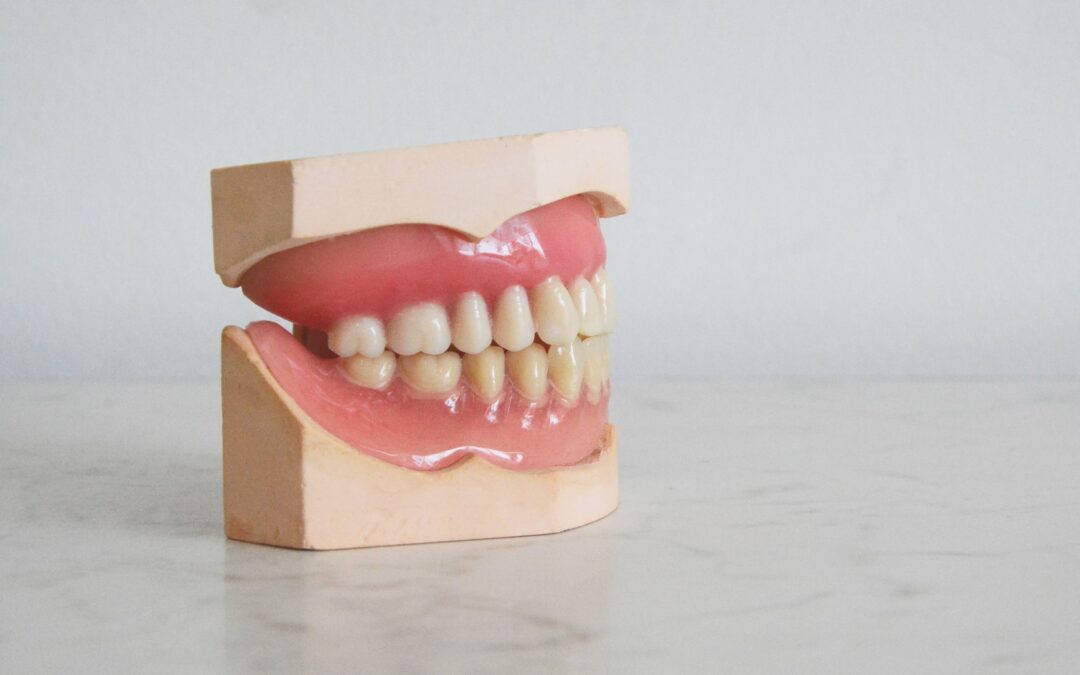Are Cavity Fillings Painful

The mere mention of cavity fillings can evoke a sense of anxiety in many individuals, with the primary concern being the potential for pain. The perception of pain during dental procedures, including cavity fillings, can vary greatly from person to person, influenced by factors such as the individual’s pain threshold, the extent of the cavity, and the dentist’s approach. Understanding the process and what to expect can significantly alleviate apprehensions and make the experience more manageable for those undergoing this common dental treatment.
The Process of Cavity Filling
Cavity filling is a routine procedure aimed at repairing a tooth damaged by decay. The process typically begins with a thorough examination of the tooth to assess the extent of the decay. Once the decay is identified, the dentist will discuss the best course of action, which often involves removing the decayed portion of the tooth and then filling the cavity with a suitable filling material.
The materials used for fillings have evolved over time, with modern dentistry offering a range of options, including:
- Amalgam Fillings: These are traditional fillings made from a mixture of metals, including mercury, silver, tin, and copper. They are durable and less expensive than other materials but have fallen out of favor in recent years due to aesthetic concerns and health worries related to mercury.
- Composite Resin Fillings: Made from a mixture of plastic and glass, these fillings are more aesthetically pleasing as they can be colored to match the surrounding tooth. They are also free from mercury, making them a popular choice for those who prioritize health and appearance.
- Gold Fillings: Known for their durability, gold fillings are among the most expensive options. They are made from gold alloy and are highly resistant to wear and tear, although their high cost and the need for multiple visits to place them can be deterrents for some.
- Ceramic Fillings: These are made from porcelain and are known for their aesthetic appeal, as they closely resemble natural teeth. They are more resistant to staining than composite resin fillings and can be used for both inlays and onlays.
The Issue of Pain
The question of whether cavity fillings are painful is multifaceted. The procedure itself typically does not cause pain, thanks to the use of local anesthetics. Dentists administer an anesthetic to numb the area around the tooth to be filled, ensuring that the patient does not feel pain during the removal of the decay or the placement of the filling.
However, the experience can still be uncomfortable for some, with potential sources of discomfort including:
- The Injection: The process of administering the anesthetic can cause a temporary stinging sensation. This discomfort is usually brief and subsides once the area is fully numb.
- Post-Procedure Sensitivity: After the anesthetic wears off, some patients may experience sensitivity, which can range from mild to severe. This sensitivity is usually temporary and can be managed with over-the-counter pain relievers or desensitizing toothpaste.
- Anxiety and Fear: For many, the anticipation of pain or the fear of the unknown can be a significant source of distress. Open communication with the dentist, understanding the procedure, and employing relaxation techniques can help mitigate these feelings.
Minimizing Discomfort
Several strategies can be employed to minimize discomfort and anxiety associated with cavity fillings:
- Choose a Reputable Dentist: A dentist with a gentle approach and good communication skills can make a significant difference in the experience.
- Use Relaxation Techniques: Deep breathing, meditation, or listening to calming music can help reduce anxiety and make the experience more tolerable.
- Discuss Anesthetic Options: Some dentists offer topical anesthetics or sedation dentistry for patients with high anxiety levels.
- Follow Post-Procedure Care: Adhering to the dentist’s advice on caring for the filled tooth can prevent complications and reduce sensitivity.
Conclusion
While the concept of cavity fillings might evoke fears of pain, the reality is that with modern dental techniques and anesthetics, the procedure itself is generally not painful. Understanding the process, being aware of the materials and options available, and adopting strategies to minimize discomfort can greatly alleviate concerns. For those facing cavity fillings, it’s essential to approach the procedure with an open mind, communicate freely with their dentist, and remember that the end result is a healthier, stronger tooth.
Are all cavity fillings the same in terms of pain experienced?
+No, the pain or discomfort experienced can vary based on factors like the size of the cavity, the location of the tooth, and the individual's pain tolerance. Additionally, the type of filling material used may influence post-procedure sensitivity.
How can I manage anxiety related to getting a cavity filling?
+Techniques such as relaxation breathing, meditation, and open communication with your dentist can help. Some dentists also offer sedation options for highly anxious patients.
What can I expect after a cavity filling in terms of recovery and sensitivity?
+Most people can return to their normal activities immediately after a filling. However, it's common to experience some sensitivity, especially to hot and cold temperatures. This sensitivity usually subsides within a few days but can be managed with over-the-counter pain relievers or desensitizing toothpaste as advised by your dentist.
By embracing knowledge and understanding, individuals can approach cavity fillings with confidence, knowing that while some discomfort is possible, it is typically manageable and temporary, leading to the long-term benefit of healthier teeth and a more confident smile.

